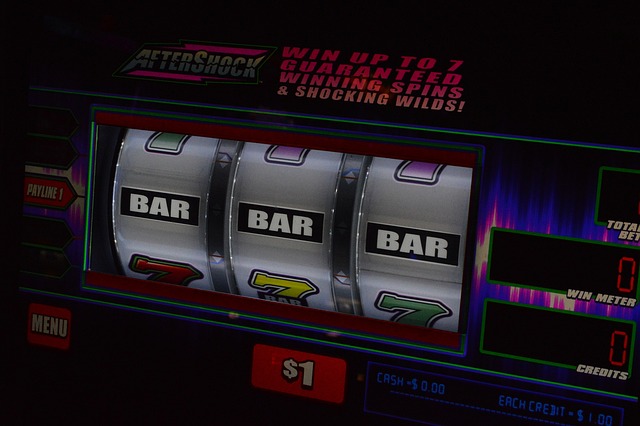Immersive casinos and VR betting lounges feel endless. With headsets on, clocks fade, breaks vanish, and bankroll discipline erodes. Responsible play depends on structuring time: deliberate session blocks and forced pauses that keep focus sharp and fatigue low. Why time control matters more in VR Headsets amplify presence. Ten minutes can feel like two, or… Continue reading Responsible Play in Immersive Worlds: Timeboxing and Breaks
Accessibility: Seated Modes, Controls, and Vision Options
Accessibility is not just accommodation—it’s performance. When VR or mobile casinos support seated play, flexible inputs, and readable visuals, more players make better decisions for longer. Treat these options as core settings you dial in before stakes go up. Seated modes: comfort without compromise Seated mode keeps your posture stable and your horizon predictable. It… Continue reading Accessibility: Seated Modes, Controls, and Vision Options
Totals Tactics: Pace, Efficiency, and Garbage Time
Totals live and die on three levers: how fast teams create possessions (pace), how well they turn possessions into points (efficiency), and how lineups behave once the game state tilts (garbage time). You do not need a full model to read these. You need a clear workflow and discipline on price. Pace in plain English… Continue reading Totals Tactics: Pace, Efficiency, and Garbage Time
Bankroll Segmentation: Separate Pools for Props, Sides, Futures
Lumping every bet into one pile hides risk. Props swing faster, sides grind slowly, futures tie up capital for months. Segmenting your bankroll into separate pools lets you size bets by volatility and horizon, not just enthusiasm. Why segmentation matters A single bankroll may look healthy until one long-shot future eats liquidity or a hot… Continue reading Bankroll Segmentation: Separate Pools for Props, Sides, Futures
Personalization Engines: Recs, Segments, and A/B Tests
Casinos and sportsbooks don’t serve the same lobby to everyone. Personalization engines decide what game, bonus, or bet slip you see first. They run on recommendations, segmentation, and constant A/B testing. Knowing how they work helps players recognize nudges and helps operators measure value. Recommendations: ranking the lobby Recommendation models surface titles or markets based… Continue reading Personalization Engines: Recs, Segments, and A/B Tests
Live Streaming Tech: Encoding, CDN, and Delay Controls
Sportsbooks, VR casinos, and interactive tables depend on live video. If streams lag or desync, players lose trust and markets break. The three levers that matter most are encoding, content delivery networks (CDNs), and delay controls. Encoding: compressing speed and quality Encoding shrinks raw video into streamable files. The balance is compression (smaller, faster) versus… Continue reading Live Streaming Tech: Encoding, CDN, and Delay Controls
Game Lobbies: Filters, Tags, and Personalized Rows
The lobby is the storefront of any casino or sportsbook. How it presents options—through filters, tags, and personalized rows—directly shapes what players try, how long they stay, and how easily they find their preferred games. A good lobby balances discovery with control. Filters: narrowing the field Filters let players slice large catalogs down to manageable… Continue reading Game Lobbies: Filters, Tags, and Personalized Rows
Bonus Terms Deep Dive: Wagering, Caps, and Eligible Games
Bonuses look simple on the surface—deposit, claim, play. The fine print decides whether they’re value or a trap. Three terms control the math: wagering requirements, win caps, and eligible games. Wagering requirements explained A wagering requirement is how many times you must bet the bonus (and sometimes deposit) before withdrawing. A 30× wagering requirement on… Continue reading Bonus Terms Deep Dive: Wagering, Caps, and Eligible Games







